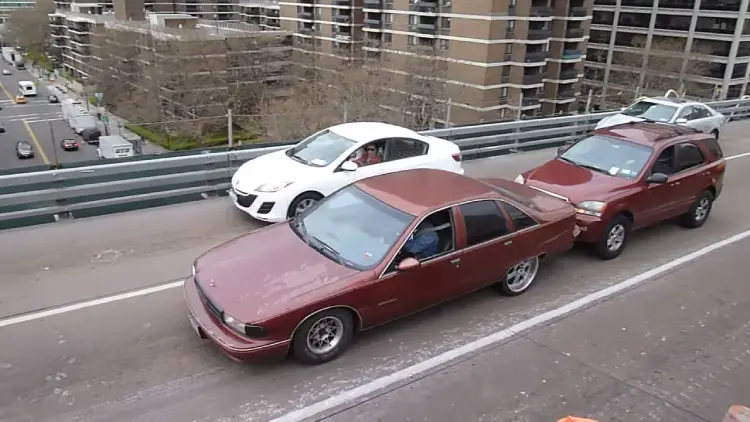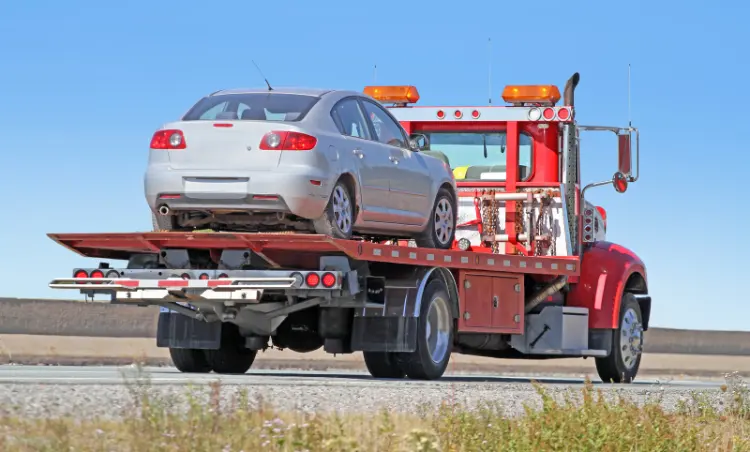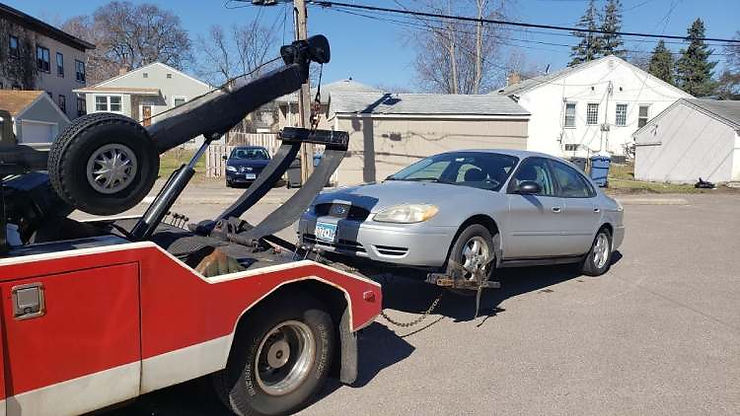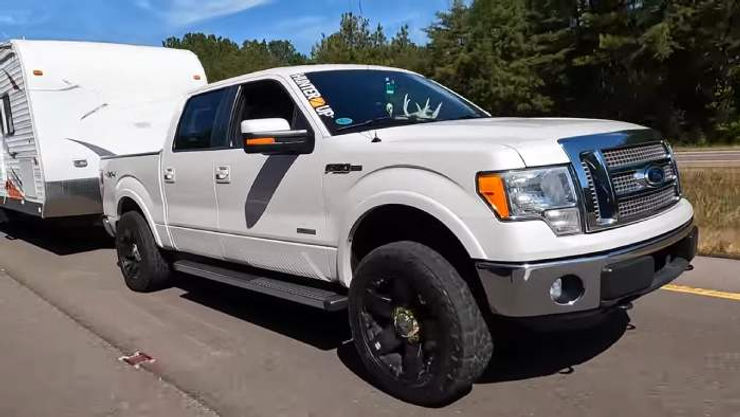Have you ever been in a situation where your car needs to be towed, but nobody has the right equipment? Towing isn’t as easy as it might look. If done wrong, it could end up causing serious harm. That’s why learning how to properly tow with another vehicle is crucial for keeping yourself, and those around you protected.
Through the right know-how and equipment, you can easily transport your vehicle safely. Whether with a dolly, tow bar or trailer, each method offers potential for safe transportation of your car without resulting in unnecessary damage. Knowing when to use what and how is an essential aspect which could make all the difference.
Let’s dive into these approaches so that you have all of the details necessary for making this critical decision.
Methods on How to Tow a Car with Another Car

Here are three of the most common options:
Method One: Tow the Car with a Dolly
Towing with a tow dolly is becoming increasingly popular as it reduces tire and driveline wear on the vehicle being towed. To use this method, you must attach the tow dolly to your vehicle using either a ball mount or adjustable frame-mounting hardware.
Once in place, you can secure the vehicle being towed onto the dolly by attaching straps or chains around its tires. Also, ensure that all electrical connections between your vehicles have been established before beginning your journey.
Note: Due to its sturdy design, it’s particularly useful when towing heavier vehicles such as SUVs and trucks, which provide greater stability and less risk of damage. This method is also easier for shorter cars or those without hitch receivers since no additional hitch receiver is required.
Method Two: Towing with a Tow Bar
Tow bars typically consist of an A-frame design which easily attaches directly onto the rear-mounted hitch receiver of the vehicle doing the pulling. Making them particularly convenient if yours has one already installed or if you’re trying to save some time on installation.
Once you have secured your towed vehicle in position, you can then attach loops or straps around all four wheels of your towed vehicle. As to prevent damage while being transported.
Note: This is an ideal option when trying to tow lighter vehicles such as sedans. They offer better maneuverability than other methods, providing greater control even at higher speeds.
Method Three: Towing with a Trailer
Using an appropriate trailer may be necessary for longer journeys or heavier loads. Most trailers will come equipped with ramps allowing passengers easy access into their transportation without causing any damage to either themselves or their vehicles when entering/exiting.
Aside from that, all four wheels must be properly secured by strapping/chaining them down before beginning your journey. So nothing shifts during transit which could cause serious injury/damage.
When considering this option, enough space must be allowed for both cars inside the trailer. Something is generally easier said than done, especially with larger SUVs/trucks.
Note: If possible, try test-fitting both cars on the trailer prior to purchasing just to make sure they fit safely without causing damage to either themselves/the trailer itself.
When Towing, What Should You Avoid?

Here are Five things you should always avoid when towing:
1. Putting the engine under stress: When towing, it’s essential to ensure the engine isn’t put under too much strain. Make sure you’re using the right engine size and power for your load. Overdoing it will only stress your engine unnecessarily, leading to breakdowns or even damage in extreme cases.
2. Using wrong weight distribution bars: If you’re using a trailer hitch system, ensure it has weight distribution bars that match your trailer’s specifications and cargo weight capacity. The wrong weight distribution bars can cause your car to perform poorly both in terms of speed and braking.
3. Lack of brake maintenance: It goes without saying that brakes are an essential part of any vehicle operation, especially when towing something behind it. Check the brakes on both your car and whatever item(s) you have connected behind via a trailer or tow line.
4. Loading vehicles poorly: Before hitting the road, make sure whatever you’re hauling is loaded correctly onto a trailer or into/onto whatever other mode of transportation you’ll be using. Improper loading can lead to poor performance and instability when cornering or making sudden maneuvers.
5. Tires with low pressure: Another thing often overlooked by many people is checking their tires for proper air pressure before beginning their journey. Particularly if they plan on traveling long distances while pulling something behind them.
Does a Rope Work For Towing a Car?
Yes, it is possible to tow a car with a rope. However, it requires extra caution and the right kind of rope for the job. Specifically, one that is designed for towing and made from HMPE (high-modulus polyethylene) or UHMWPE (ultra-high molecular weight polyethylene).
These types of ropes can bear the strain and stress of towing a car without snapping. Using a rope should be treated as an emergency solution and attempted only if no other type of tow vehicle or equipment is available.
Towing with a rope should only be done on local roads, never on highways or interstates. This will still require some expertise to ensure the rope is used safely and prevent binding or slacking during the procedure.
Stress-Free Car Towing: Prep and Go
Transporting your car from one destination to another can sound like a daunting task, but this feat is achievable with the right tools and preparations. Imagine connecting two cars using either an efficient tow bar or a trailer system.
There’s even the option of employing some trusty ropes. Whatever you decide on, just make sure that safety comes first.
Do your research and understand the laws around towing in your area before getting started. You never want anything happening on the road that would put yourself or others at risk.






